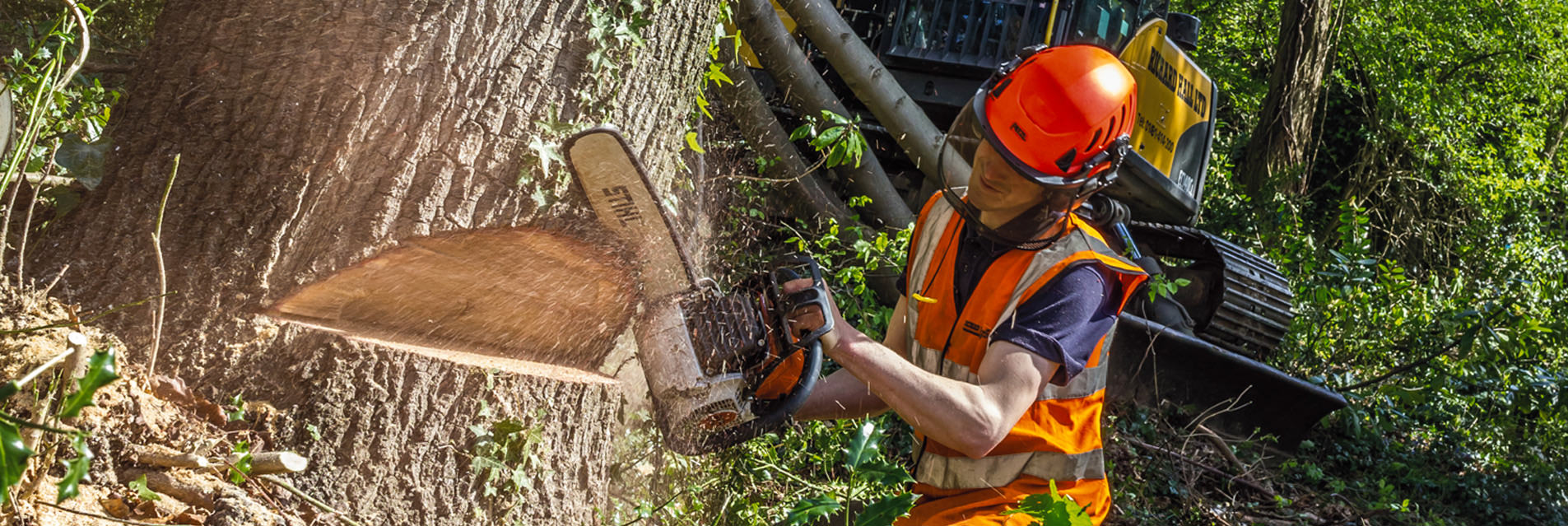Blooming Benefits: How Horticulture Is Nurturing Our Environment
Horticulture plays a vital role in nurturing and sustaining our environment, providing a myriad of benefits that are essential for our planet's health. Through the cultivation and management of plants, horticulture contributes to the preservation of green spaces, the enhancement of biodiversity, and the mitigation of environmental challenges. One of the fundamental aspects of horticulture is its impact on trees, which are not only crucial for our ecosystem but also face threats such as tree felling that highlight the significance of sustainable practices in this field. By understanding spez-ag.ch of horticulture in maintaining a balanced and thriving environment, we can actively participate in the conservation and restoration of our natural world.
Environmental Impact
Horticulture plays a crucial role in preserving the environment by promoting the growth of green spaces. Trees, shrubs, and flowers cultivated through horticultural practices contribute to the overall well-being of our planet. These vibrant plantings enhance air quality, provide habitats for wildlife, and support biodiversity.
One of the key benefits of horticulture is its ability to mitigate the negative effects of tree felling. By planting new trees and maintaining existing green areas, horticulturists help offset the loss of trees due to deforestation and urban development. This proactive approach aids in maintaining ecological balance and combating issues such as soil erosion and climate change.
In addition, horticulture fosters a deeper connection between humans and nature. By creating and maintaining green spaces, individuals are more likely to appreciate the value of plants and the environment. This heightened awareness can lead to more sustainable practices and a greater overall respect for the natural world.
Sustainable Practices
In horticulture, sustainable practices play a crucial role in preserving the environment for future generations. By implementing eco-friendly methods such as composting and rainwater harvesting, horticulturists minimize the negative impact of their activities on the ecosystem.
Another key aspect of sustainable horticulture is responsible tree management. Instead of indiscriminate tree felling, emphasis is placed on selective pruning and planting to maintain a healthy tree population. This approach not only preserves biodiversity but also helps in carbon sequestration, contributing to mitigating climate change.
Furthermore, adopting integrated pest management techniques reduces the reliance on harmful pesticides, promoting a more balanced and natural ecosystem within horticultural settings. By encouraging beneficial insects and using organic alternatives, horticulturists can protect plant health without compromising the environment.
Future Outlook

Looking ahead, the future of horticulture appears promising in fostering a healthier environment. The continued focus on sustainable practices and biodiversity enhancement through horticultural techniques will play a vital role in mitigating the negative impacts such as tree felling. This proactive approach will ensure the preservation of green spaces and the restoration of ecosystems for generations to come.
As urbanization continues to expand, integrating horticulture into urban planning will be crucial in counteracting the effects of rapid development. By incorporating green infrastructure and promoting community involvement in plant care, cities can combat the consequences of tree felling and enhance overall environmental quality. The integration of plants and greenery into urban landscapes not only improves air quality but also provides essential habitats for wildlife.
Furthermore, technological advancements in horticulture are set to revolutionize the way we approach environmental conservation. From precision farming techniques to biotechnology innovations, the future of horticulture holds great potential in addressing challenges such as tree felling. Embracing these advancements will lead to more efficient plant management practices, increased crop yields, and ultimately, a more sustainable environment for all.